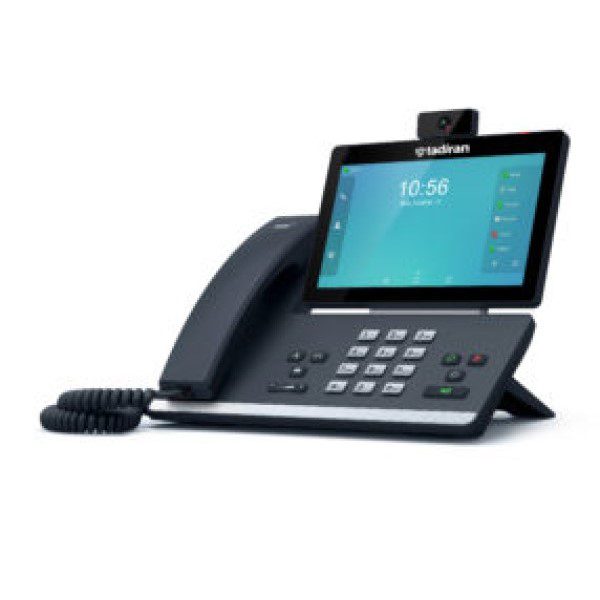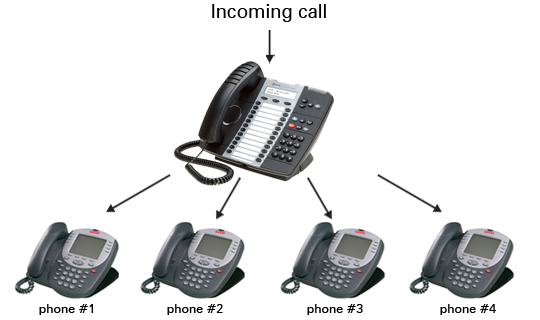



Or, businesses that don’t want to be locked into a monthly fee for the duration of the phone system’s use. One of the biggest advantages of VoIP phones is the fact that the same phone line can be used to make multiple calls at once. This may be an appealing option for small businesses or start-ups businesses.īusinesses or enterprises with the available IT budget to afford the initial set-up cost and have a need for more control and flexibility. Training may or may not be offered by providers.Īny business that wants a lower initial start-up cost and quick implementation. IT personnel or contractor typically trains staff Some companies may not have the IT or financial resources to make major changes. And it’s scalable as your business grows, since it’s easy to add extra users to VoIP accounts without the cost or hassle of physically installing extra lines. Total flexibility – Phone system owners can do as they wish with their equipment.Ĭhanges can be expensive. VoIP gives you plenty of flexibility as a business phone system, since it can be used across multiple devices (including traditional phones with adapters). Some features and options don’t scale up cost-effectively Provider may provide solutions that a business could not financially afford if obtained independently The provider has actual control of the phone system.Īll maintenance, updates, fixes and support must be handled internally or hired out by the company. No updates and maintenance – provider is responsible Less risk, work and complexity – provider is responsibleĬan be limited on number of phones based on bandwidth/networkįlexibility – switch solutions or mix and matchĪ larger systems means more complexity you will have to manage on your own Potentially lower total cost of ownership, especially with growth Premises phone systems are connected locally to the on-site server.Ĭall control, collaboration, call management, messaging, voicemail, mobility, contacts, call training, web-based management, contact center, integrations, analytics The phone systems connect to data center over the Internet connection.Įquipment is kept on-site. Equipment is maintained at off-site data center and is cloud-based.


 0 kommentar(er)
0 kommentar(er)
